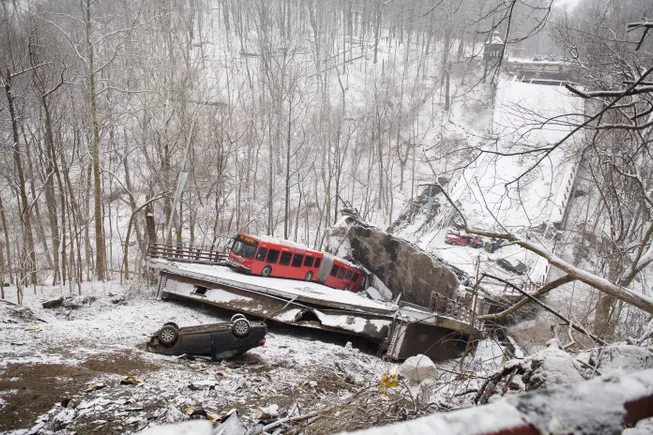What keeps structural engineers up at night? Most of all, it’s the pressure to accelerate construction projects and the country’s lack of infrastructure maintenance.
That information comes from the National Council of Structural Engineers Associations’ recent survey of structural engineers, which found that respondents are most concerned about the speed of construction projects (42%) and the deferral of important structural improvements and repairs (41%).
Both of these issues represent safety hazards, Chris Cerino, president of the NCSEA, told Construction Dive. The push to shorten project timelines can lead to compounding errors during construction, and existing infrastructure is not getting the maintenance and repairs it needs, Cerino said.
Staying safe amid pressure
Speed is a problem from two fronts, according to Cerino.
When owners shorten a project schedule, the architect may not be finished by the start of construction. Engineers are told that the designs will be looked at sometime down the road, but an opportunity for review doesn’t always happen, Cerino said.
On the construction side, contractors often struggle to find enough workers, especially if there’s a building boom in the region. As a result, they may try to get work done quickly while they still have labor available.

Chris Cerino
Permission granted by STV
“Even when something is wrong, sometimes they are forced to push forward because of economic reasons, and they’re willing to take the penalties,” Cerino said.
This push to go too fast and possibly cut corners can be combatted by a strong safety culture, according to Cerino. If a company has made safety a core value and won’t accept a less-safe alternative, “they will then push harder to negotiate from a position of strength and confidence in the product of their company and their abilities to get the right amount of time,” Cerino said.
This focus on safety can also prevent issues from snowballing.
”If you’re negotiating from a position of weakness because of whatever reason — you underbid, you’re not totally qualified — errors become compounding errors and start to multiply. It’s rarely one bad decision that causes a construction site problem,” Cerino said.
A progressive design-build delivery method — in which the team works with the owner on developing through the design phase the best possible project and then signs a guaranteed maximum price contract — can enable a reasonable schedule.
“It has been a really good marriage of multiple formats,” Cerino said.
Maintenance falls by the wayside
Aging infrastructure and buildings are an ongoing concern because they are often not properly maintained, and climate change is magnifying the stressors that the built environment faces.
“It’s evident that we’re dealing with an aging building population, whether it’s infrastructure or buildings itself,” said Cerino. A lot of these structures traditionally had a 50-year lifespan and are pushing well over 100, which is being exacerbated by changing environmental conditions and loads. “It’s compounding,” he said.
Maintenance of existing structures doesn’t get the political backing that it should because it’s “not sexy,” he said, especially when political cycles are short.
“At times, setting aside a lot of money for a maintenance program versus a new terminal versus a new station — there’s just a lot fewer promotional opportunities for maintenance,” Cerino said.
Recent federal investments, including $550 billion in new funding in the Infrastructure Investment and Jobs Act, have prevented the infrastructure investment gap from getting worse, according to a report from the American Society of Civil Engineers, but engineers are still worried because that money is set to expire by 2026, and massive repair gaps remain.
“Federal action has made substantial progress stopping the growth of our needs, but this is just the beginning,” said ASCE President Marsia Geldert-Murphey in a press release. “We need continued action at the federal level and collaboration from state and local governments and the private sector if we are going to succeed in transforming our aging infrastructure network to be more sustainable, resilient and best suit the future needs of American households and businesses.”
As the climate changes, Cerino said that structural engineers can apply pressure for safer buildings and more maintenance by working with building code engineers and government agencies to keep building codes and standards updated for today’s hazards.
Up-to-date building standards would “make just a lot of the day-to-day things more safe and would keep up as much as we can with the changing climate and hazards,” Cerino said.
